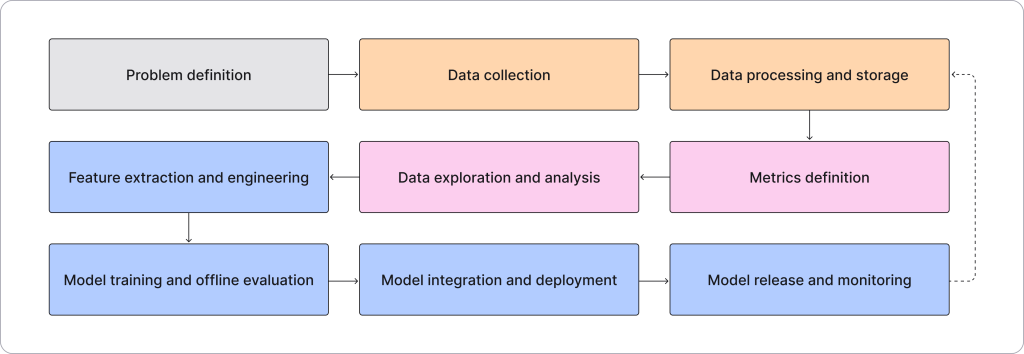
Are you tired of hearing about AI and machine learning everywhere you look but not quite sure what it all means? Fear not, dear reader, for we are about to dive into the world of MLOps architecture and explore how it’s changing the game for data scientists and developers alike.
What is MLOps?
MLOps (Machine Learning Operations) is a relatively new field that focuses on the integration and management of machine learning models into the software development and deployment process. It combines elements of DevOps, data engineering, and machine learning to create a streamlined workflow for developing and deploying ML models.
MLOps takes the best practices from DevOps and applies them to machine learning, allowing data scientists to work more closely with developers and IT teams to ensure smooth deployment of ML models.
The MLOps Architecture
The MLOps architecture is a set of best practices and tools for managing the machine learning lifecycle. It consists of several layers, each with its own set of tools and technologies.
Data Layer
At the bottom of the MLOps architecture is the data layer. This is where all of the data used to train and test ML models is stored. The data layer includes a variety of tools and technologies, such as data warehouses, data lakes, and data catalogs.
Model Layer
Above the data layer is the model layer. This is where the actual ML models are developed and trained. The model layer includes tools for feature engineering, model training, and model evaluation.
Deployment Layer
Once the ML models have been trained and evaluated, they are ready for deployment. The deployment layer includes tools for deploying ML models to production environments, such as Kubernetes and Docker.
Monitoring Layer
After the ML models have been deployed, they need to be monitored for performance and accuracy. The monitoring layer includes tools for monitoring model performance, detecting anomalies, and alerting developers and IT teams when issues arise.
Why is MLOps Important?

MLOps is important because it enables organizations to develop, deploy, and manage ML models more efficiently and effectively. By applying DevOps best practices to machine learning, organizations can reduce the time and cost involved in developing and deploying ML models.
MLOps also ensures that ML models are deployed in a consistent and repeatable way, which reduces the risk of errors and improves the overall quality of the models.
Conclusion
In conclusion, MLOps architecture is changing the game for data scientists and developers alike. By combining the best practices from DevOps and machine learning, MLOps enables organizations to develop, deploy, and manage ML models more efficiently and effectively. So, if you’re a data scientist or developer looking to improve your ML workflows, MLOps is definitely worth exploring.